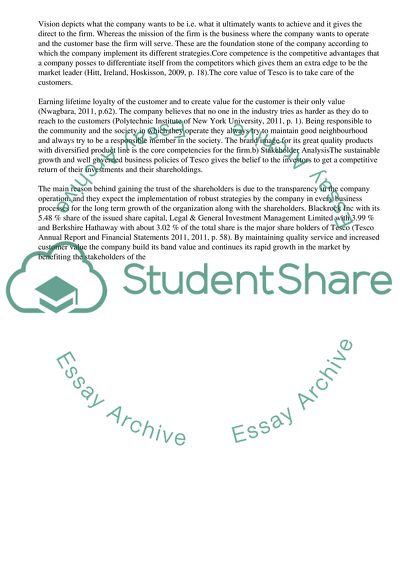Cite this document
(“Business Strategy in Tesco Essay Example | Topics and Well Written Essays - 4250 words”, n.d.)
Retrieved de https://studentshare.org/business/1390181-business-strategy-in-tesco
Retrieved de https://studentshare.org/business/1390181-business-strategy-in-tesco
(Business Strategy in Tesco Essay Example | Topics and Well Written Essays - 4250 Words)
https://studentshare.org/business/1390181-business-strategy-in-tesco.
https://studentshare.org/business/1390181-business-strategy-in-tesco.
“Business Strategy in Tesco Essay Example | Topics and Well Written Essays - 4250 Words”, n.d. https://studentshare.org/business/1390181-business-strategy-in-tesco.


